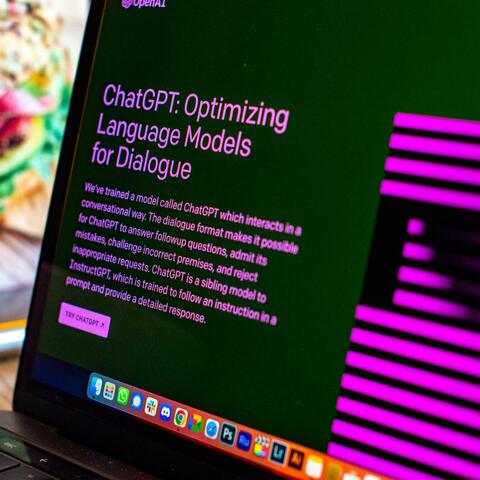As an AI language model, ChatGPT has changed the way we can generate content, providing a powerful tool for businesses, individuals, and writers alike. It has the ability to generate high-quality content in a matter of seconds, increasing productivity and reducing the time and effort required to create original content. However, the use of ChatGPT also comes with its own set of challenges and potential risks. We will discuss the good and bad aspects of using ChatGPT to generate content.
The Good
-
Increased productivity: ChatGPT can save a lot of time and effort by generating high-quality content quickly. With traditional content creation methods, writers often have to spend hours researching, organizing, and writing content. However, with ChatGPT, all that is required is to input the topic or prompt, and the AI language model generates the content in a matter of seconds.
-
Consistency: ChatGPT can maintain consistency in writing style, tone, and voice, which is particularly useful for brands and businesses. Maintaining a consistent brand voice and style is important in creating a recognizable brand identity, and ChatGPT can help ensure that all content generated conforms to the brand’s voice and style.
-
Creativity: ChatGPT can generate unique and creative content that may not have been considered by human writers. AI language models have access to a vast amount of data and can generate ideas and insights that may not be immediately obvious to human writers.
-
Cost-effective: ChatGPT is a cost-effective solution for content creation. Hiring a professional writer can be expensive, but with ChatGPT, the cost is significantly reduced. This makes it an ideal solution for small businesses and individuals with a limited budget.
The Bad
-
Lack of originality: ChatGPT generates content based on the data it has been trained on, which means that the content generated may lack originality. The content generated may also be similar to other content that has already been published online, which can lead to plagiarism issues.
-
Inaccurate content: ChatGPT may generate inaccurate or misleading content. AI language models are not perfect and may make mistakes when generating content. This can lead to misinformation being spread, which can have serious consequences.
-
Lack of control: ChatGPT generates content without human input, which means that the writer has no control over the content that is generated. This lack of control can be a concern for businesses and individuals who want to ensure that the content they publish accurately represents their brand or voice.
-
Ethical concerns: There are ethical concerns associated with using ChatGPT to generate content. For example, there are concerns about the potential misuse of AI language models to spread misinformation or propaganda. There are also concerns about the impact of AI language models on human writers, as the technology may replace human writers in the future.
Best practices for using ChatGPT
While the use of ChatGPT comes with its own set of challenges, there are best practices that can be followed to mitigate these challenges and ensure that the content generated is of high quality and accurate.
-
Use ChatGPT as a tool, not a replacement: ChatGPT should be used as a tool to assist with content creation, not as a replacement for human writers. Human writers bring a unique perspective and creative flair to content creation that cannot be replicated by AI language models.
-
Edit and fact-check the content: It is important to edit and fact-check the content generated by ChatGPT to ensure that it is accurate and reflects the brand’s voice and style. Human writers should review the content and make any necessary changes or corrections.
-
Use multiple sources of information: ChatGPT generates content based on the data it has been trained on, which means that it may






